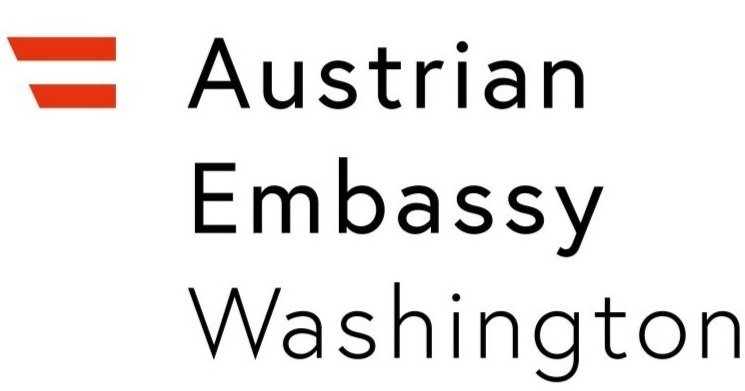The Environment
All About Austria
Ca. 2.35 billion m3 of water – this corresponds to about 3% of the annual amount – are consumed annually in Austria, a country rich in aquatic resources.
Every year Austrian households consume about the amount of water that fills the lake “Wolfgangsee”, more accurately on average 130 liters per capita and day. Industrial use accounts for nearly two thirds of the need. Just under one third is required for drinking water and around 5% is required for agriculture. These values have remained more or less constant for many years.
However, water is also used in many other ways, such as an energy source. For example: roughly two thirds of the domestic electricity generation is done within hydroelectric plants. Water has also become an indispensable factor in the tourism sector (e.g. lakes for swimming, snow machines).
Each Austrian uses about 130 litres of drinking water daily in the house-hold. The least volume, however, is actually drunk, because most water is used for cleaning purposes. For example, around 22% are used for showering and bathing, for toilet flushing 25% and for washing clothes 10%. In the outdoor area (pool, plants, etc.) 14% are consumed. About the taps in bathroom, toilet and kitchen flow 27% and 2% are consumed by the dishwasher. 99% of Austria’s drinking water is groundwater or spring water. Only the small remainder is obtained from surface water such as lakes or rivers.
Compared with other EU member states, Austria holds a middle position in drinking water usage. France is most economical (112 litres), Italy holds the peak position (213 litres). An Indian household has to get along with 25 litres per person and day whereas Washington consumes 631 litres.
130 litres of drinking water per day
AQUATIC RESOURCES
Water usage
Greenhouse gases
EMISSIONS SLIGHTLY INCREASED
In 2019, greenhouse gas emissions in Austria amounted to 79.8 million tonnes of carbon dioxide equivalent (Mt CO2 equivalent).
Emissions were thus 1.5% (1.2 Mt) above the levels of 2018 and 1.8% over those of 1990 – in Austria, thus no emission reduction was achieved compared to 1990. The main reasons for the increase compared to 2018 were in particular the in crease in steel production, the increased electricity production from natural gas and the weather-related increase in the building sector.
In addition to CO2 the stipulations of the Climate Change Act apply to five other gases that also effect global warming in various ways, hence the conversion to CO2 equivalents. The economic sectors that are not subject to European emissions trading (ET) emitted around 50.2 million tonnes of CO2 equivalent in 2019. Emissions exceeded the maximum annual emission allocation amount by 1.9 million tonnes, as permitted by the European Effort Sharing Decision (ESD) and the Climate Protection Act. For emissions trading companies, by 2020, the EU-wide overall target is -21% compared to 2005, without specific national targets. The main sources of greenhouse gas emissions (including the emissions trading system, ETS) in 2019 were the sectors energy and industry (43.8%), transport (30.1%), agriculture (10.2%) and buildings (10.2%). A large number of installations in the energy and industry sector (84.5% in 2019) fall under the EU emissions trading system. Measured against the national total emissions, the share of the emissions trading sector in 2019 was 37.0%.
Yearly Emissions: 9 tonnes per Austrian
above the EU average (8.1 tonnes of CO2 equivalents)
Environmental protection
In 2018, national expenditure on environmental protection amounted to 12.5 billion euros in Austria. 5.3% (around € 0.7 billion) was financed by the public sector (including NPISH = Non-profit institutions serving households), 6.9% (almost € 0.9 billion) came from private households and 87.8% (€ 10.9 billion) from enterprises. As in recent years, the majority of total expenditure was destined for the two core areas of environmental protection expenditure, namely waste management and wastewater management. Environmental protection expenditure by the public and private sector constitutes a key aspect of ecological activities of a national economy; the amount of the national expenditure on this behalf indicates the economic significance of environmental protection. In 2019, this revenue was composed of energy taxes (about 57% of the total eco-tax revenue), transport taxes – 34% of the ecotax revenue came from the transport sector – as well as resource taxes (around 8%) and pollution taxes (ca. 1%). The latter essentially comprises the contribution to remediation of abandoned sites.
